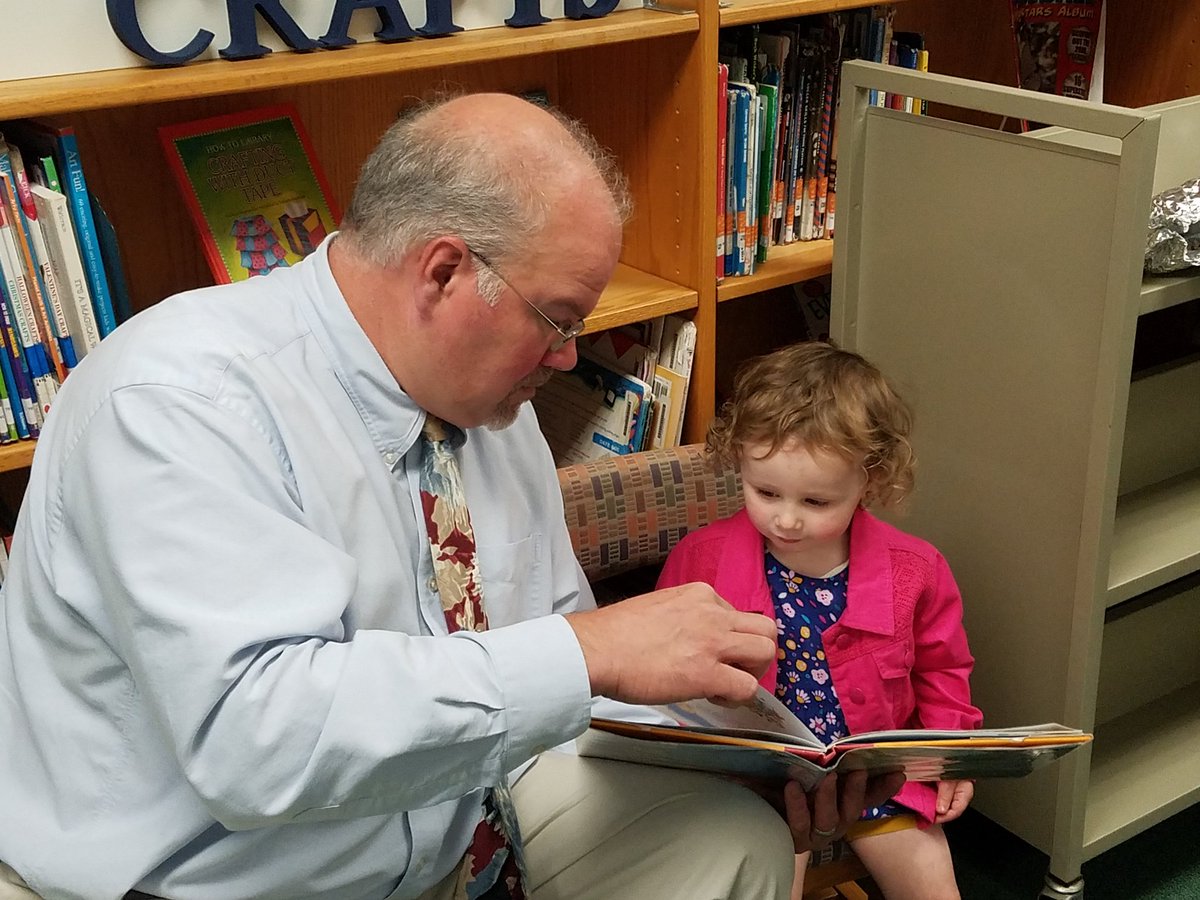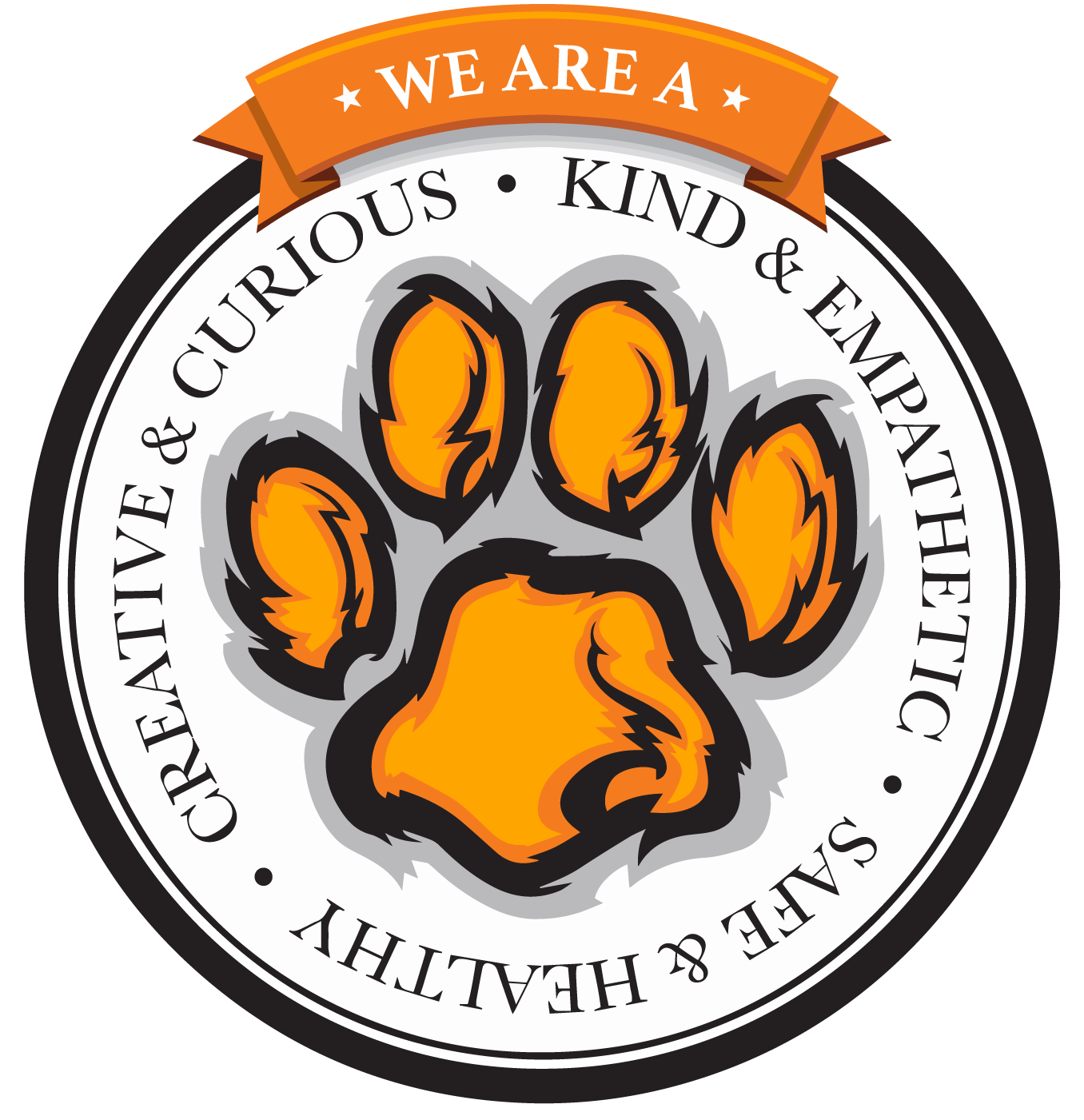LINKS/RESOURCES
RESEARCH ARTICLES
READING FOR ALL: RESOURCES & LINKS.
LEARNING HOW TO READ
(THIS PAGE IS ALWAYS UNDER CONSTRUCTION WITH NEW LINKS & RESOURCES)
When I first told my father that I wanted to teach, he said there are only three things a student needs to learn:
1: How to read 2: How to read 3: How to read
This page is dedicated to learning how to read for enjoyment and knowledge and supporting our early readers and the estimated 30% of our students who struggle with reading. Each link has a wealth of information to assist parents, teachers, students and all of us who are interested in helping everyone learn how to read. If you have a link that you want to add - just send it to me at jferranti@maynard.k12.ma.us. Thank you - Jeff Ferranti, Director of Student Services

CURRENT RESEARCH ABOUT READING
Do you remember how you learned to read? Maybe you had a favorite picture book, or person to read with or stuffed animal to read to. Perhaps it was a teacher that introduced you to a book series or Shel Silverstein poems. Truth is not everyone has had a positive reading experience. I have seen estimates that 30% of our children struggle to learn how to read. So how do we make sure everyone can access print and experience the joy of reading for pleasure and knowledge? There is quite a bit of research on best practices in reading and I have included some links on the left side of this page for your review.
DYSLEXIA - WHAT IS IT?
“Dyslexia is a specific learning disability that is neurobiological in origin. It is characterized by difficulties with accurate and/or fluent word recognition and by poor spelling and decoding abilities. These difficulties typically result from a deficit in the phonological component of language that is often unexpected in relation to other cognitive abilities and the provision of effective classroom instruction. Secondary consequences may include problems in reading comprehension and reduced reading experience that can impede growth of vocabulary and background knowledge.” Adopted by the IDA (International Dyslexia Association) Board of Directors, Nov. 12, 2002
VOCABULARY OF READING - COMMON TERMS
phonological awareness: :Phonological awareness is the ability to recognize and manipulate the spoken parts of words. The levels of phonological awareness are, from simplest to most complex: syllables, onset–rime, and phonemes.
phonemic awareness: Phonemic awareness is the ability to identify and manipulate individual sounds (phonemes) in spoken words. We know that a student's skill in phonological awareness is a good predictor of later reading success or difficulty.
decoding: Decoding is the ability to apply knowledge of letter-sound relationships, including knowledge of letter patterns, to correctly pronounce written words. Understanding these relationships gives children the ability to recognize familiar words quickly and to figure out words they haven't seen before.
fluency: Fluency is the ability to read a text accurately, quickly, and with expression. Reading fluency is important because it provides a bridge between word recognition and comprehension.
vocabulary: Vocabulary refers to the words we must know to communicate effectively. In general, vocabulary can be described as oral vocabulary or reading vocabulary. Oral vocabulary refers to words that we use in speaking or recognize in listening. Reading vocabulary refers to words we recognize or use in print.
comprehension: Comprehension is the understanding and interpretation of what is read. To be able to accurately understand written material, children need to be able to (1) decode what they read; (2) make connections between what they read and what they already know; and (3) think deeply about what they have read.
